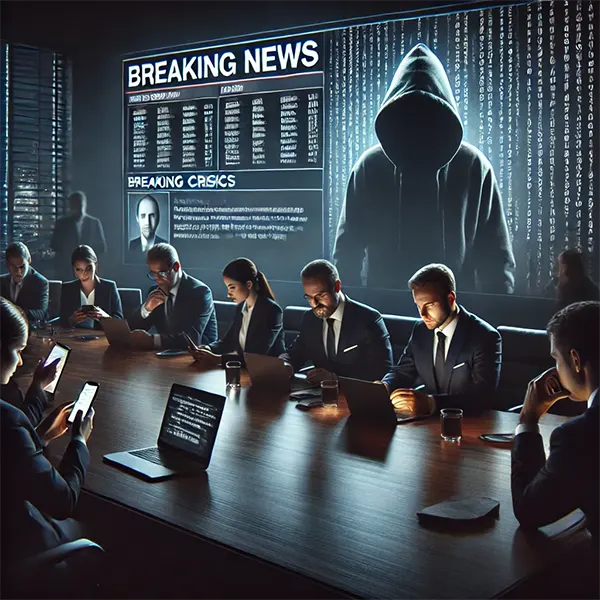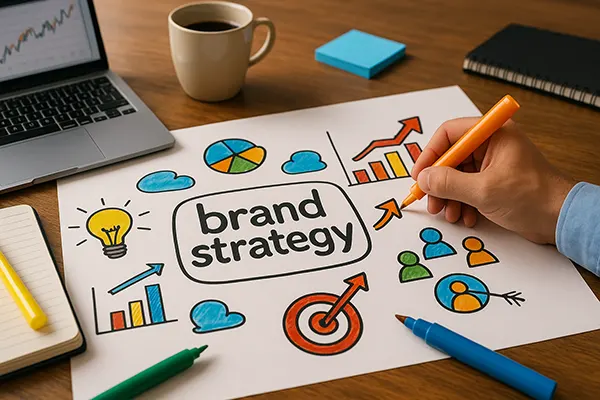
Scandals as a Tool of Black Marketing: How Fake Crises Are Created and Managed in 2025
In 2025, businesses increasingly face orchestrated scandals designed to damage reputations and disrupt operations. These fake crises are often engineered by competitors, interest groups, or anonymous entities leveraging modern digital tools. This article explores how such scandals are created, spread, and mitigated in today’s hyper-connected world.
How Scandals Around Brands Are Manufactured
The manipulation of public perception has become a sophisticated industry. Brands can become targets of deliberate smear campaigns that exploit social media, online forums, and mainstream media. These manufactured crises often follow a structured approach.
Firstly, perpetrators identify vulnerabilities—whether past controversies, unverified claims, or even outright fabrications. These elements are then positioned strategically to appear credible and newsworthy.
Secondly, a trigger event is created. It could be a leaked document, an anonymous accusation, or an ambiguous social media post. The aim is to spark initial outrage and gain traction.
Amplification Techniques in Spreading Negative Information
Once the scandal is initiated, its spread is accelerated through coordinated efforts. Fake accounts and bots amplify content, ensuring it trends and reaches a wider audience. Emotional manipulation plays a key role—shocking headlines, controversial imagery, and calls to action drive engagement.
Paid influencers and opinion leaders may be involved to legitimise the narrative. News outlets pick up on trending topics, further embedding the misinformation into public discourse.
At this stage, search engine algorithms also play a part. High engagement means search results start favouring scandal-related content, making it difficult for brands to control the narrative.
Case Studies: High-Profile Scandals Across Different Industries
Recent years have seen numerous companies fall victim to such tactics. In the technology sector, AI ethics controversies have been amplified to undermine leading firms. In finance, fraudulent accusations against executives have triggered stock price collapses. Political campaigns are particularly susceptible to disinformation, with entire elections swayed by coordinated smear campaigns.
One notable case involved a fintech company accused of data breaches. Investigations later revealed that the claims were orchestrated by a competitor leveraging fake cybersecurity reports.
Similarly, a luxury brand faced backlash over alleged unethical practices, only for later reports to confirm that the viral accusations stemmed from manipulated footage and staged testimonies.
How Companies Can Combat and Minimise Damage
While no brand is entirely immune, strategic damage control can mitigate reputational harm. The first step is rapid response—delayed reactions allow misinformation to gain credibility. Clear, fact-based statements must be issued swiftly.
Monitoring online chatter using AI-powered tools helps identify emerging threats. Crisis response teams should engage with key stakeholders, including journalists and regulatory bodies, to provide counter-narratives.
Legal action may be necessary in extreme cases, particularly when defamation or financial losses are involved. Brands must also invest in long-term trust-building through transparent communication and ethical business practices.

The Future of Black Marketing and Reputation Attacks
As digital tools evolve, so too do the methods used to manufacture crises. Deepfake technology, AI-generated content, and sophisticated bot networks will make misinformation even harder to detect.
Regulatory bodies are increasingly recognising the need for intervention. Governments worldwide are exploring stricter penalties for disinformation campaigns, while social media platforms are implementing AI-based fact-checking mechanisms.
Ultimately, companies must adapt by fortifying their reputations, fostering consumer trust, and employing proactive crisis management strategies.
Key Takeaways for Businesses in 2025
Scandals, whether real or fabricated, can inflict severe damage if not managed effectively. Businesses must stay vigilant and prepared to counteract misinformation.
Proactive monitoring, swift responses, and strategic public engagement are crucial in combating black marketing tactics. Reputation management is no longer optional—it is a vital aspect of brand survival in an era of digital warfare.
By understanding how fake crises are created and spread, companies can implement stronger safeguards and minimise potential harm from future attacks.
Similar news
-
 Brand Strategy in Times of Change: Building Lon...
Brand Strategy in Times of Change: Building Lon...Organisations entering 2025 face markets shaped by rapid technological shifts, …
-
 Grey Marketing 2.0: How Grey and Black-Hat SEO ...
Grey Marketing 2.0: How Grey and Black-Hat SEO ...As artificial intelligence and machine learning dominate digital marketing, traditional …
-
 Emotional Manipulation in Advertising: How Cris...
Emotional Manipulation in Advertising: How Cris...In times of global instability, emotions become powerful tools for …
